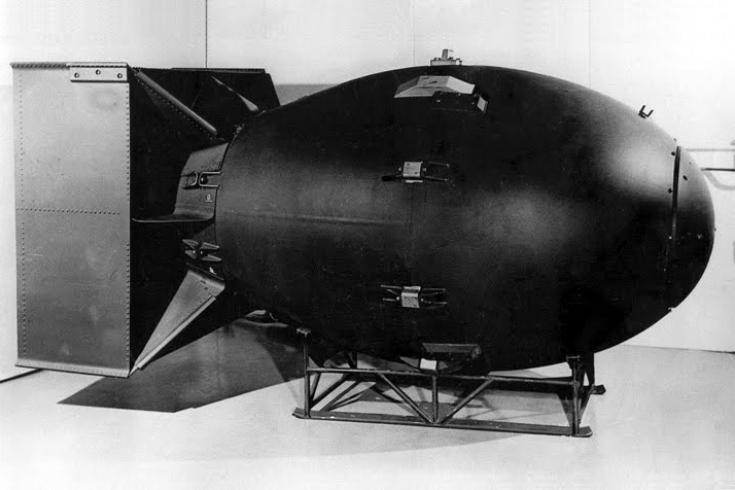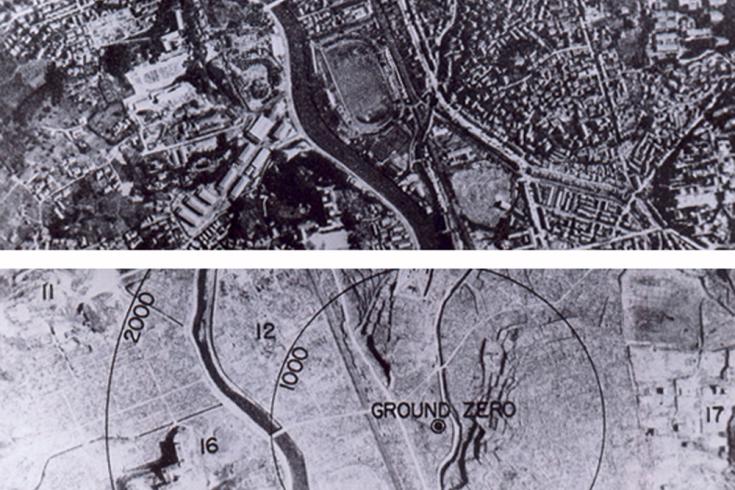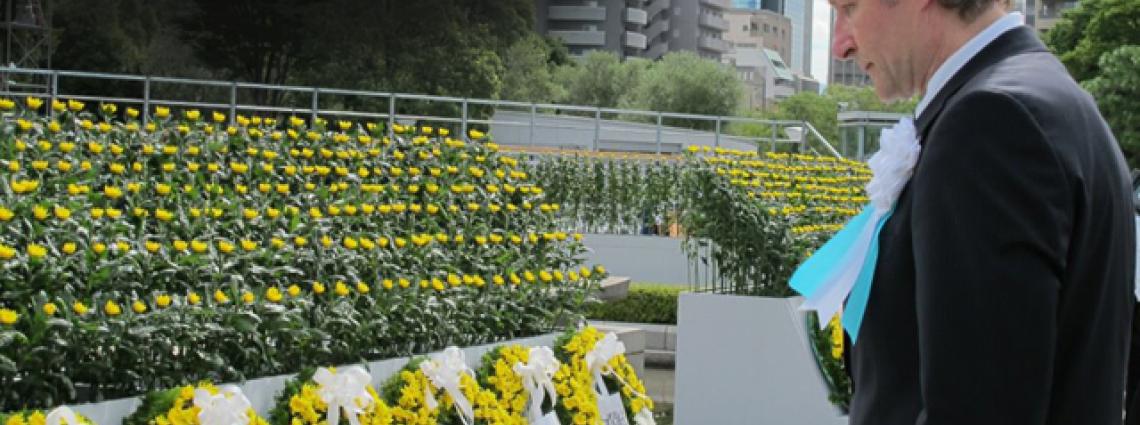CTBTO Head Tibor Tóth visitsHiroshima and Nagasaki
CTBTO Head Tibor Tóth is visiting Japan from 5 to 11 August. On 6 August, he laid a wreath at the Hiroshima Peace Memorial commemorating the 140,000 men, women and children who lost their lives in the 6 August 1945 atomic bombing of the city and its aftermath.
On 9 August, Tóth also attended the Nagasaki Peace Memorial and honoured the victims by laying a wreath at the Atomic Bomb Cenotaph. "What happened in Nagasaki must never be allowed to happen again," said the Executive Secretary and called upon all concerned leaders and citizens to redouble efforts for the early entry into force of the CTBT and for nuclear disarmament.
The Executive Secretary’s schedule included meetings with survivors of the atomic bombings, the Hibakushas, with the Mayors of both cities and other Japanese officials, as well as visits to the peace museums in Hiroshima and Nagasaki. Tóth delivered lectures at the University of Hiroshima and the University of Nagasaki, and gave interviews to a group of elementary school children and to the media. See all pictures from the Peace Memorials of 6 and 9 August here.
An event to commemorate the victims of the atomic bombing was also organized by the NGO community at the UN offices in Vienna on 8 August. Read more here.

"We may not be able to change the sad past but we can embrace the dreams and hopes to create a better future," said the two students from Hiroshima at the ceremony.
6 and 9 August 1945: Hiroshima and Nagasaki
On 16 July 1945, U.S. scientists working on the Manhattan Project successfully detonated the first-ever nuclear explosion in the ‘Trinity’ test at Alamogordo, New Mexico. With World War II still dragging on in the Pacific, preparations moved forward to use nuclear bombs against Japan.
On 6 August 1945, at 08:15, the first bomb was dropped on the centre of Hiroshima. ‘Little Boy’ was a gun-type fission bomb, using a conventional explosive charge to fire one sub-critical mass of uranium into another. This kind of device had never been tested before, but the scientists were confident it would work.
And it did. The bomb had an explosive yield of around 13 kilotons. At the moment of detonation, a fireball was generated that raised temperatures to 4,000 degrees Celsius, turning Hiroshima – where many buildings were made of wood and paper - into an inferno. The blast created shock waves faster than the speed of sound. This and the radiation immediately killed everything within one kilometre of the hypocentre.
After the blast, those who approached ground zero searching for the missing were exposed to radiation. Black rain, containing large amounts of radioactive fallout, caused widespread contamination. Estimates of casualties vary greatly. A more conservative estimate by the atomic archive lists 66,000 people killed immediately and a total death toll of 135,000, while the U.S. - Japanese Radiation Effects Research Foundation indicates a range of 90,000 to 166,000 deaths within the first four months.

'Fat Man' yielded 21 kilotons.
In the weeks that followed the bombings and Japan’s surrender, Hiroshima and Nagasaki became the object of intense studies by U.S. scientists. The Atomic Bomb Casualty Commission was founded to study the effects of radioactive contamination on the victims. Its results, including the extensive film and photo material taken at the time, remained classified for decades.

Nagasaki before and after
The bombings were officially justified as a necessary evil to end the war and avoid an invasion of Japan, which proponents claimed would have led to a greater loss of life. Critics inside and outside of the United States, however, questioned the morality and necessity of the bombings, arguing that the main reason for Japan’s surrender was the Soviet Union entering the war on the side of the allies and that the diplomatic means were not exhausted. Also the possibility of bombing an unpopulated area as a demonstration has been pointed out. Over 2,000 nuclear tests were carried out after 1945. They aided the proliferation of nuclear weapons and helped to develop weapons orders of magnitude more destructive than the Hiroshima and Nagasaki bombs.
Following decades of public campaigning and arduous multilateral negotiations, the Comprehensive Nuclear-Test-Ban Treaty (CTBT) was opened for signature in 1996. It bans all nuclear explosions. The Treaty has yet to enter into force.
External links:
6 Aug 2012
